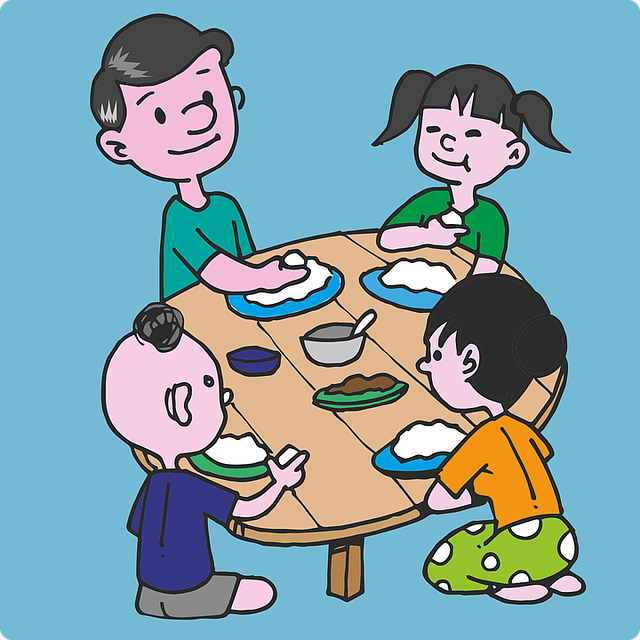
Monitoring Regulation & Modifying Our Behavior
Dysregulation affects how children (and their caregivers) interact with their environment and other individuals. Difficulty with sensory processing affects how many children process their environment and can present in various ways (increased energy, quickly moving throughout their environment, or slow, passive wandering with reduced energy). It is important to attempt to reach optimal arousal in order to encourage learning; this can be done by trying to assess a child’s arousal level and attempting to either increase their arousal by providing input or reducing their level of arousal by decelerating into a calm state. Start by asking yourself, “Can I adjust my own energy level to affect the child?” Jessie Ginsburg, CCC-SLP provides strategies to alter states of arousal in




